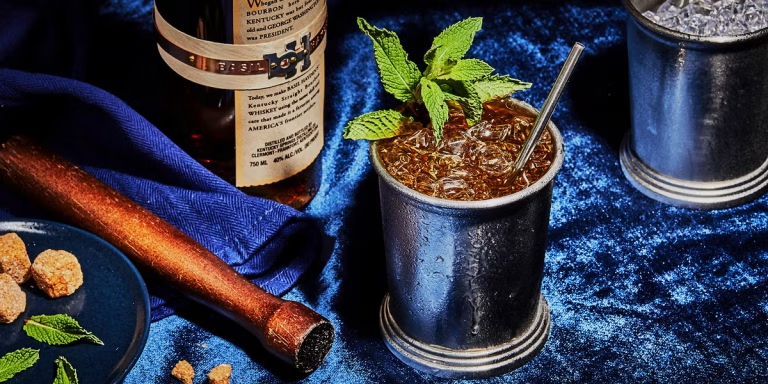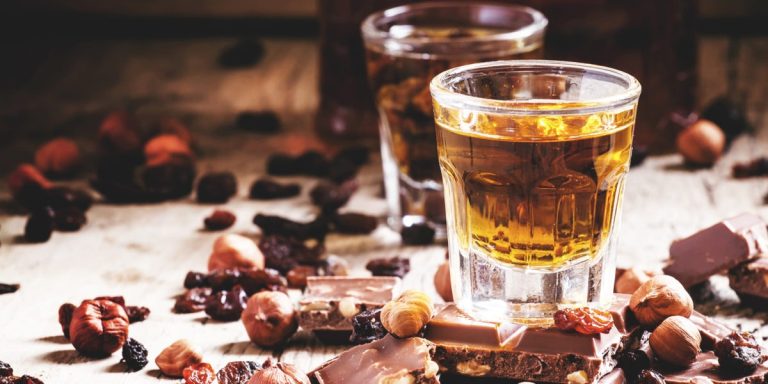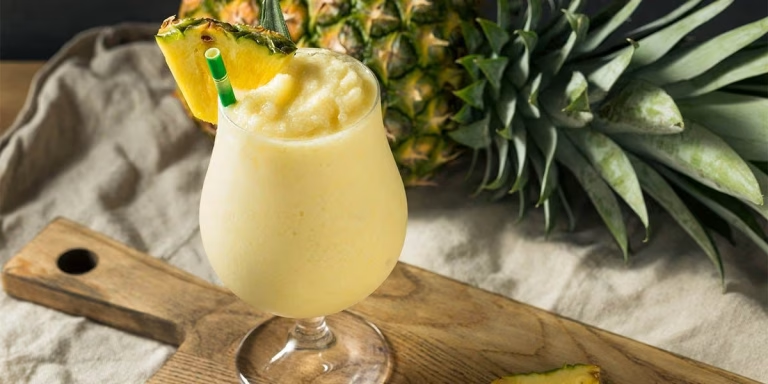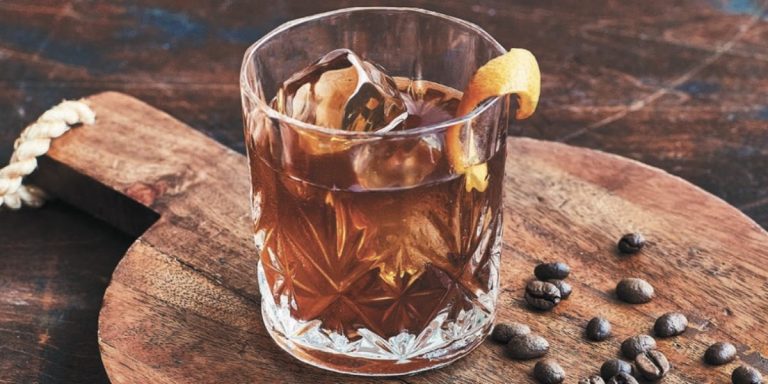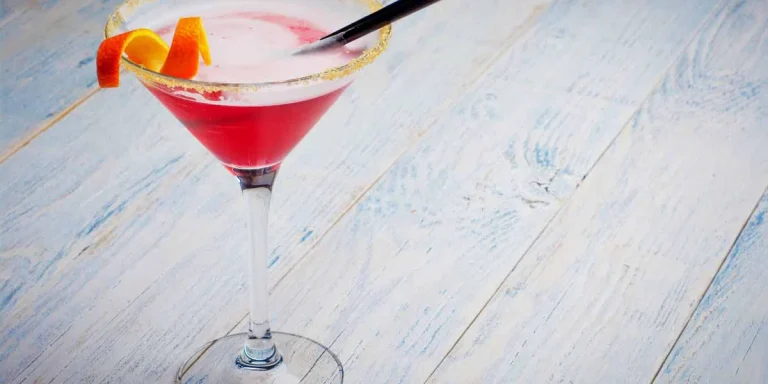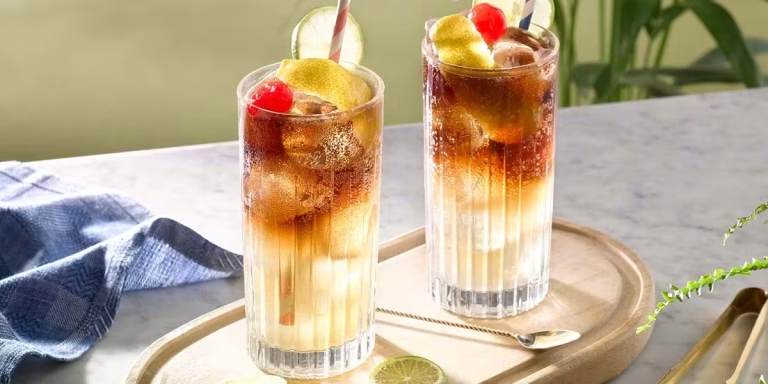Cuba Libre: Rum & Coke With a Twist
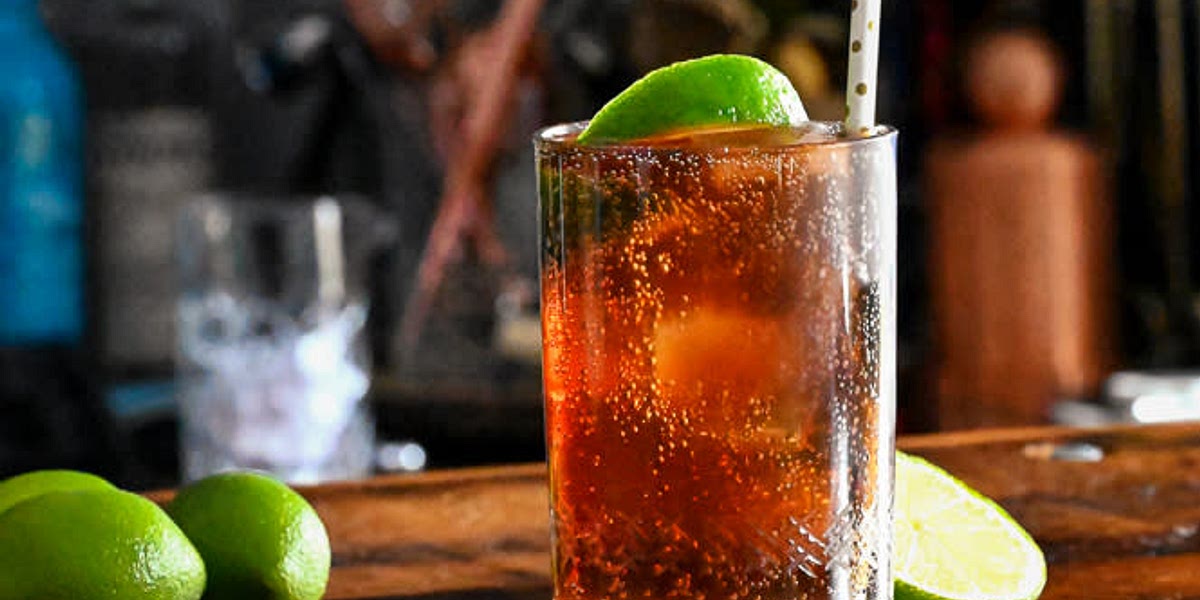
The Cuba Libre is a drink that carries both history and flavor in every glass. While many people think of it simply as rum mixed with cola, the cocktail is much more than that. The lime juice that distinguishes it transforms the drink into something layered, refreshing, and iconic. Over time, I’ve come to see that what makes the Cuba Libre special is not just the ingredients but the way it has embedded itself in culture, politics, and nightlife around the world. The simplicity of rum, cola, and lime may seem like a casual recipe, yet it’s the balance between those flavors that has made this cocktail a lasting symbol of freedom, fun, and rebellion.
The Origins of the Cuba Libre
The story of the Cuba Libre begins in Havana at the turn of the 20th century. History records that American soldiers stationed in Cuba during the Spanish-American War would drink rum with Coca-Cola, a beverage that was just starting to grow in popularity. Adding a squeeze of fresh lime gave it a crisp finish that paired perfectly with the tropical climate. The phrase “Cuba Libre!” meaning “Free Cuba!” became a toast to celebrate the island’s independence, and from then on, the cocktail took on a deeper meaning beyond just a refreshing drink.
I’ve always found it fascinating how cocktails often mirror the spirit of their times. For the Cuba Libre, the name and composition tell a story of liberation and modernity. Rum connected the drink to Caribbean tradition, Coca-Cola symbolized American influence and globalization, and lime tied it all together with a fresh local touch. That balance of cultures in a glass made it more than just a beverage; it was a cultural marker.
Rum as the Backbone
What sets a good Cuba Libre apart is the quality of the rum. The backbone of the drink has always been rum, and I’ve experimented with many varieties over the years to find what works best. Light rum is the classic choice, lending a clean sweetness that allows the cola and lime to shine. However, using aged rum changes the experience entirely. With aged rum, the cocktail takes on richer caramel and vanilla notes that make the drink feel more mature and full-bodied.
Some bartenders argue that only Cuban rum should be used for a truly authentic version, while others see the Cuba Libre as adaptable to local tastes. Personally, I think the rum you choose should reflect the mood you’re in. If you want a crisp and lively refresher, go for a light rum. If you want something with more depth and warmth, pick a dark or spiced rum. Either way, the rum is not just an ingredient it’s the foundation that gives the cocktail its personality.
The Cola Element
Cola might seem like the most straightforward part of the recipe, but I’ve learned that it plays a bigger role than most people realize. Coca-Cola is the original partner, of course, but swapping in different brands can shift the drink’s balance. Some colas are sweeter, while others have a stronger spice profile. That subtle difference can completely alter how the rum comes across in the mix.
I once tried making a Cuba Libre with a craft cola that had hints of cinnamon and nutmeg, and it gave the drink a spiced edge that felt like a new discovery. Another time, I experimented with Mexican Coca-Cola made with cane sugar, and the natural sweetness made the cocktail feel brighter and smoother. The cola is not just a filler it acts as the stage on which the rum and lime perform. The carbonation, sweetness, and flavor profile determine how lively or mellow the drink feels.
The Essential Lime
The lime is the twist that defines the Cuba Libre. Without it, the drink is simply rum and Coke. With it, the cocktail becomes balanced, crisp, and memorable. I never make a Cuba Libre without a generous squeeze of fresh lime, and I usually drop the wedge into the glass for extra aroma and tang. The citrus cuts through the sweetness of the cola and enhances the tropical notes of the rum.
What I find most remarkable is how a small ingredient like lime can make such a massive difference. It adds complexity to what would otherwise be a one-dimensional drink. Sometimes I’ve experimented with key lime or calamansi for a sharper, slightly more floral citrus note, and each variation adds its own charm. The lime is not optional it’s the soul of the Cuba Libre.
Crafting the Perfect Cuba Libre
When I make a Cuba Libre at home, I follow a simple formula: a highball glass filled with ice, two ounces of rum, four ounces of cola, and half a fresh lime squeezed in. I stir gently, making sure not to flatten the carbonation, and garnish with a lime wedge. That’s the classic build, and it never fails to hit the spot.
But what keeps me coming back to this cocktail is how versatile it can be. On some nights, I use a spiced rum to add warmth and a hint of clove. On others, I try an aged rum for complexity. I’ve even added a dash of bitters when I want a more aromatic version. Each variation keeps the drink fresh and exciting, yet still true to the essence of the Cuba Libre.
A Drink That Carries Symbolism
Beyond its flavor, the Cuba Libre has a story that connects to freedom, rebellion, and cultural identity. The name itself makes it more than just a cocktail it’s a statement. When people order one at a bar, they’re not just asking for a rum and Coke with lime; they’re tapping into a legacy that stretches back over a century.
In Cuba, the drink has always been a symbol of pride. In the United States and beyond, it became a way of carrying a little piece of that spirit of liberation into everyday life. Every time I make one, I can’t help but think of how a simple combination of ingredients came to represent such a powerful idea.
Variations Across the World
The Cuba Libre has traveled far beyond Havana, and every culture seems to adapt it in its own way. In Spain, for example, I’ve tried versions with different local rums and colas that gave the cocktail a unique European character. In the Philippines, locals sometimes make it with calamansi instead of lime, adding a distinctive sharpness. In some parts of Latin America, people prefer sweeter rums, which make the drink rounder and smoother.
I’ve even seen bartenders in modern cocktail bars experiment with house-made colas or smoked rums, elevating the drink into something sophisticated. What I love about these variations is that no matter how much the recipe changes, the spirit of the Cuba Libre remains intact. It’s still a toast to freedom, still a drink that connects people, and still one of the most approachable cocktails ever created.
Pairing the Cuba Libre with Food
Pairing cocktails with food is something I enjoy exploring, and the Cuba Libre is surprisingly versatile at the table. Its sweet, citrusy, and slightly spiced profile makes it a natural match for grilled meats, spicy dishes, and even fried snacks. I’ve paired it with Cuban sandwiches, tacos, jerk chicken, and even pizza, and it always seems to hold its own.
What works best, in my opinion, is matching the drink’s refreshing qualities with bold, savory flavors. The lime cuts through richness, the cola’s sweetness balances spice, and the rum ties everything together. Whether I’m at a summer barbecue or enjoying a casual night at home, the Cuba Libre always fits in effortlessly.
The Social Nature of the Drink
One of the things I’ve noticed is how the Cuba Libre works so well in social settings. Unlike complex cocktails that take time and technique, this one is easy to make in large batches, making it perfect for parties and gatherings. I’ve mixed pitchers of Cuba Libre for friends, and it always sets the right mood. The drink is approachable for people who don’t normally enjoy cocktails, yet it’s flavorful enough for seasoned drinkers to appreciate.
That accessibility is part of why the Cuba Libre has lasted so long. It doesn’t intimidate. It doesn’t require specialized equipment or rare ingredients. It invites people in and brings them together. To me, that’s one of the most important roles a cocktail can play.
Why the Cuba Libre Endures
The Cuba Libre endures because it represents balance, history, and accessibility. It’s simple enough that anyone can make it, yet nuanced enough that bartenders still experiment with it today. It carries a cultural weight that goes beyond its ingredients, reminding us that cocktails are not just about taste but also about stories.
When I look at the Cuba Libre, I don’t just see rum, cola, and lime. I see a glass filled with history, symbolism, and social connection. It’s a drink that has lasted through wars, revolutions, and shifting global trends, and yet it remains just as refreshing today as it was over a century ago.
Conclusion
The Cuba Libre may look like a simple highball, but it carries depth far beyond its three ingredients. The combination of rum, cola, and lime creates a cocktail that’s refreshing, symbolic, and endlessly adaptable. Whether you stick to the classic recipe or explore variations with different rums and colas, the Cuba Libre always delivers.
For me, it’s not just a cocktail it’s a story I can sip. Every glass feels like a small toast to history, culture, and freedom. And no matter where I am or what version I make, the essence of the Cuba Libre always shines through: a timeless drink with a twist that continues to inspire.

